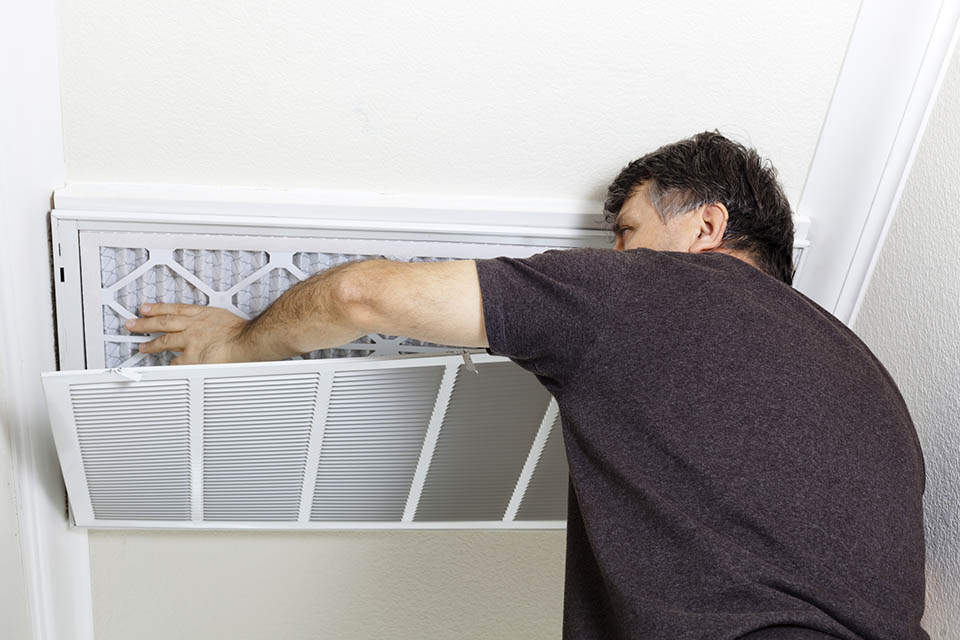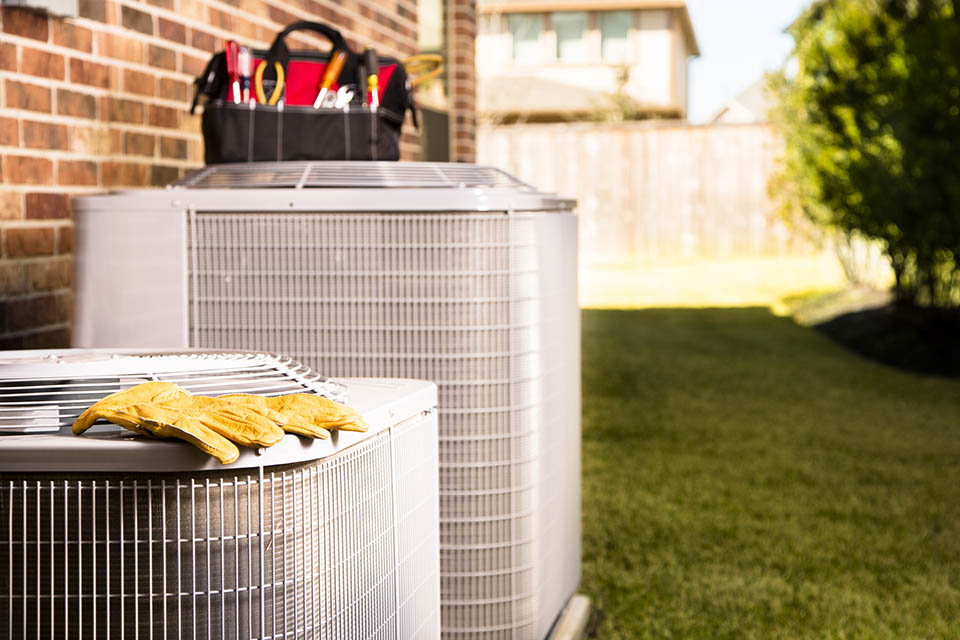HVAC Do’s and Don’ts Before Summer Hits
It’s that time of year when many people are planning for summertime fun. But it’s also an important time to make sure all of your home systems are ready to handle the additional workload that comes with hot weather.
Undoubtedly, a home’s heating, ventilation and air conditioning (HVAC) system is one component of your home that does some heavy lifting} during the summer months. Here, a Service Experts specialist shares seven strategies to consider when preparing your cooling system for summer.
Do Get an HVAC Tune-Up
A twice-a-year HVAC tune-up can act as protection against future problems. Even though anything can happen when a system is running a lot during extreme weather, getting your AC, furnace and other HVAC components tuned up before crews get busy during the sweltering summer season can undoubtedly help you avoid costly repairs down the road. Plus, it also offers a status check for how your system is currently operating. Regular maintenance also may help keep your valuable manufacturer’s warranty active, which aids you in case a key component goes bad during the warranty period.

“Tightening electrical components, cleaning condensate lines, cleaning the outdoor and indoor coils, and lubricating necessary components, it’s all part of the annual checkup we do,” said Mike Carson, field operations manager at Service Experts. “And, we’ll change your air filters and answer any questions you may have too. It’s the best small investment any homeowner can make this time of year.”
Don’t Postpone Repairs
When a specialist recommends repairs during a tune-up or if they happen unexpectedly, some homeowners think they can stretch out the use of the part or component for “just one more summer.” This mindset, however, only leads to more pricey repairs later on.

“Clogged lines, dirty filters, low refrigerant (Freon), loose or broken parts, you name it, it all contributes to how efficiently your system runs. It’s always best to address problems when they arise to keep it operating to its full potential,” Carson said.
Do Upgrade Your Thermostat
If you haven’t done it already, upgrading to a smart thermostat may decrease wear and tear on your heating and cooling equipment. Ponder this: Energy savings estimates can vary from as low as 12% a year to greater than 20%. Your best bet is to go with an Energy Star®-certified thermostat, Carson said, and ask an HVAC pro about how to set cooling times that align with your daily habits. In some places, you also may have the option to take advantage of lower electricity rates during off-peak hours.
Don’t Use an Extremely Restrictive Air Filter
Regularly changing your air filter is critical; however, there are a wide variety of different filters to choose from. Some can be very restrictive, promising to remove all viruses and contaminants. While they may effectively remove many contaminants, these highly restrictive filters might also significantly reduce airflow and potentially make your unit work harder. When you set up your tune-up, it’s a good plan to ask the mechanic for a recommendation, Carson added.
Do De-Clutter and Remove Obstructions
This is not merely a recommendation about household clutter, but more about removing the airflow obstacles inside and outside of your home. First, in your home’s interior, if air vents are hindered by furniture or household items, that can reduce ventilation into that room or zone. That means your cooling system will need to run longer to get the air temperature to the temperature set on your thermostat.
The other area where obstructions can be a problem is around your condenser coil outside the home. Some residents see these as an eyesore and make an effort to cover them up with shrubbery or even build structures or other landscaping. Not a good idea!

“Obstructions to units and vents on the inside and outside of the home can be both an efficiency and safety concern,” Carson remarked. “Covering up or blocking return air vents, where the system draws in the air inside the home is another common problem we see. These things can be like asking your system to work harder while wearing a very heavy face mask.”
Don’t Ignore Your Air Ducts
Clean air ducts are essential to the well-being of your residence—and the people who live in it. Pollen and airborne pollutants from sprays, cooking, candles, fireplaces and off-gassing items can all get inside your air ducts and cause issues for people suffering from asthma and allergies.
Here are a few signs your home might need an air duct cleaning:
- Mold was found in the home or on the inside of the air conditioner.
- Dust comes from vents when the blower comes on.
- A renovation that caused significant dust has recently been done.
Do Consider a High-Efficiency HVAC Upgrade
If your heating and cooling unit is near the end of its life, replacing it with a new high-efficiency system before summertime is here can be better than waiting for “just one more summer.” Though that has always been a good idea, it’s more true today than ever before.

